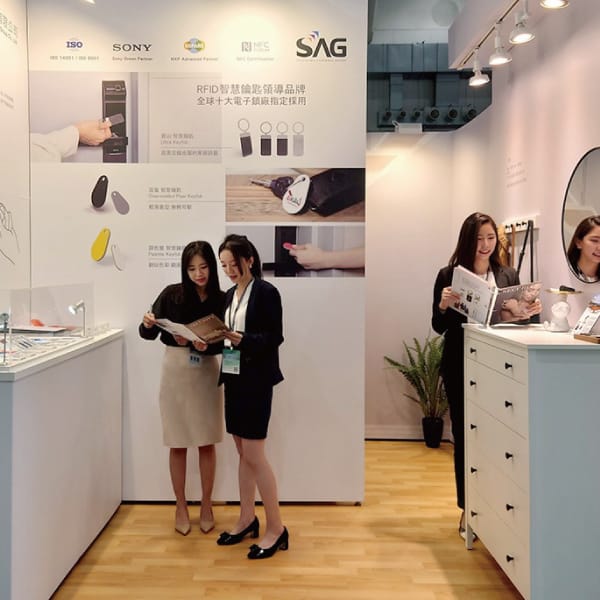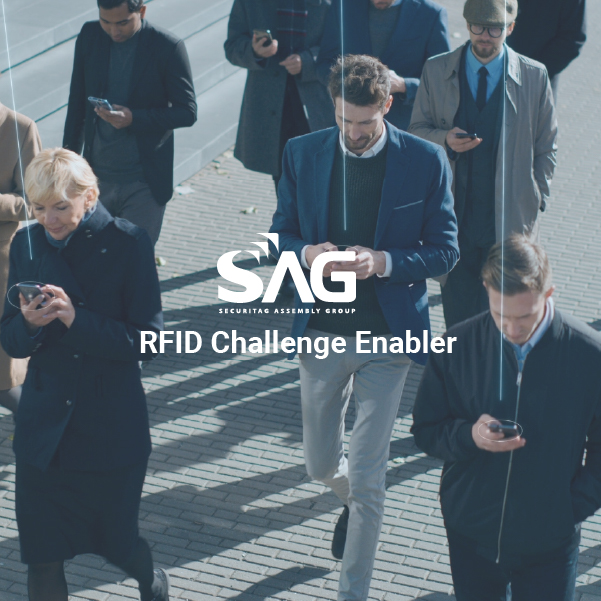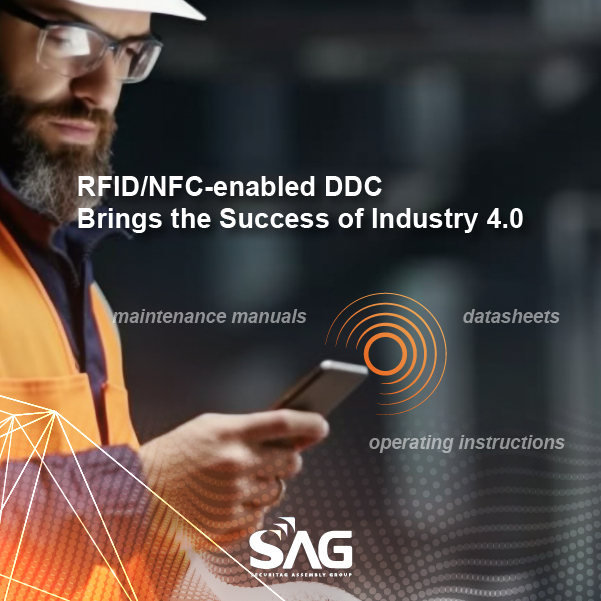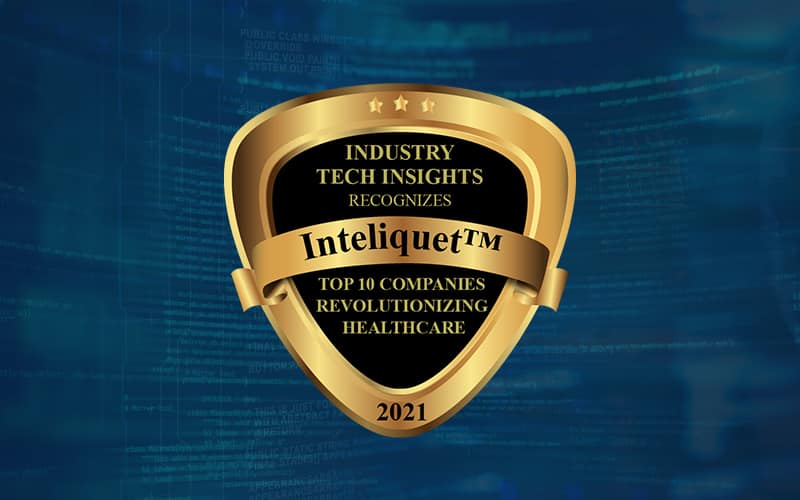

Choose Year
Choose Year
Choose Year
LEED the Way: SAG’s Green Building Achievement
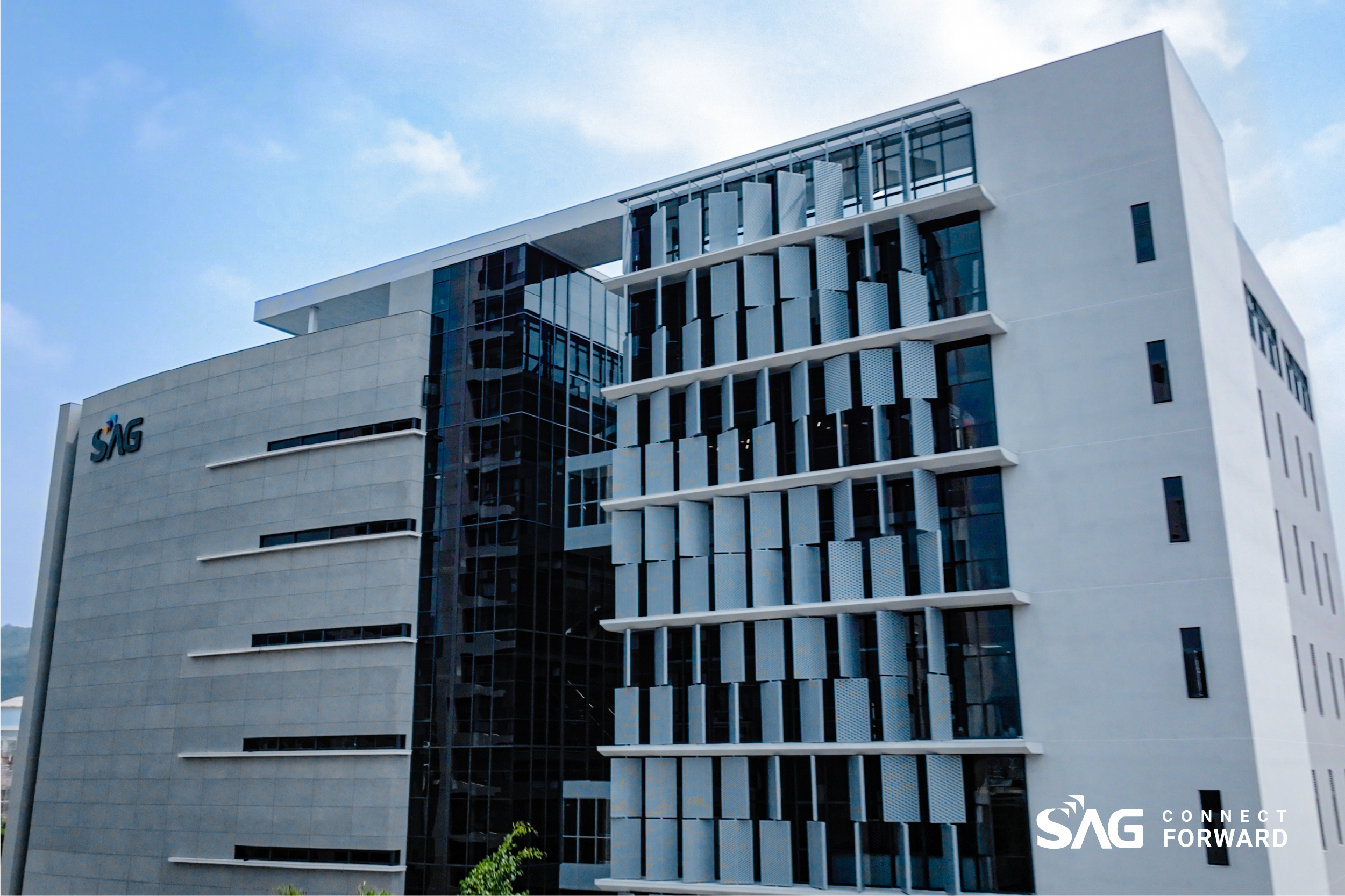
Referred to the USGBC Impact Report in 2024, more than 197,000 LEED-certified projects span across 186 countries globally. In Taiwan, SSDC reported that there are 332 buildings and spaces that have obtained LEED green building certification by the end of August 2024. Among these 332 certified buildings, industrial manufacturing contributes 32%.
At SAG, we’re proud to contribute to this global effort. Our new building, ‘SAG Opolis,’ is a unique combination of manufacturing plant and commercial office, reflecting our commitment to sustainability in both manufacturing and workplace environments. We’re excited to share that SAG’s new building, ‘SAG Opolis’, received the LEED silver certification for Building Design and Construction (BD+C) program in October 2025. We take green building regulations into accounts at the beginning of sketching SAG Opolis in order to support green energy and slow down the impact of climate changes.
At SAG, we’re proud to contribute to this global effort. Our new building, ‘SAG Opolis,’ is a unique combination of manufacturing plant and commercial office, reflecting our commitment to sustainability in both manufacturing and workplace environments. We’re excited to share that SAG’s new building, ‘SAG Opolis’, received the LEED silver certification for Building Design and Construction (BD+C) program in October 2025. We take green building regulations into accounts at the beginning of sketching SAG Opolis in order to support green energy and slow down the impact of climate changes.
What is LEED?
Under the demand for sustainable development, green buildings have become one of the common factors for enterprises to choose commercial offices. LEED (Leadership in Energy and Environmental Design) is a globally recognized rating system for sustainable and environmentally friendly building practices. Issued by the U.S. Green Building Council (USGBC), LEED certification promotes healthy, high-efficient, and cost-saving green buildings standards under environmental, social and governance three dimensions.
As the world's most credible point system, LEED considers the factors like not only water efficiency, energy and atmosphere, indoor environmental quality, but also all the elements to make the green building possible, so it could be difficult to obtain LEED certification. The goals of LEED certification focus on creating a sustainable future by addressing critical environmental and social challenges. It aims to mitigate climate change, improve human health, and safeguard natural resources, including water, biodiversity, and ecosystems. Additionally, it emphasizes sustainable material management and fostering vibrant, resilient communities that prioritize quality of life. These objectives ensure a holistic approach to building design and operations, promoting environmental responsibility and social well-being.
As the world's most credible point system, LEED considers the factors like not only water efficiency, energy and atmosphere, indoor environmental quality, but also all the elements to make the green building possible, so it could be difficult to obtain LEED certification. The goals of LEED certification focus on creating a sustainable future by addressing critical environmental and social challenges. It aims to mitigate climate change, improve human health, and safeguard natural resources, including water, biodiversity, and ecosystems. Additionally, it emphasizes sustainable material management and fostering vibrant, resilient communities that prioritize quality of life. These objectives ensure a holistic approach to building design and operations, promoting environmental responsibility and social well-being.
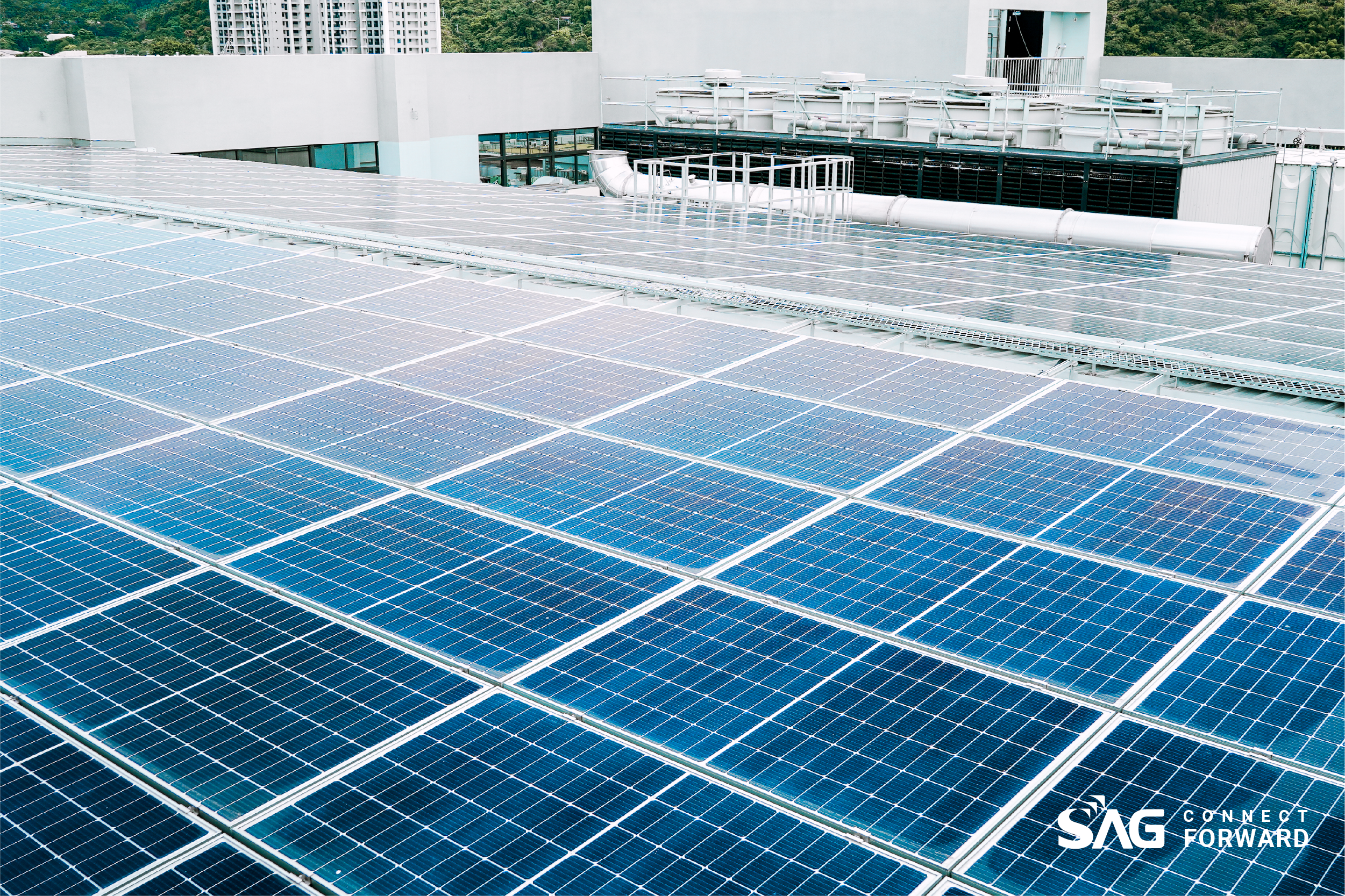
Achieving Sustainability at SAG Opolis
These goals enable companies to reduce carbon emissions across a building's entire lifecycle, effectively supporting decarbonization. Since green building focusing on minimizing the carbon footprint associated with constructing, operating, and maintaining buildings, SAG has taken the green infrastructure and systems into consideration, such as solar arrays and ISO 14001 Environmental Management System, while designing and constructing SAG Opolis since 2020. In October 2024, SAG Opolis has achieved the LEED silver v4 certification.
SAG Opolis is dedicated to optimizing energy performance to minimize the ecological impact of its operations. We have achieved a 32% reduction in energy consumption through various energy-saving strategies. For instance, the lighting control system manages and automates lighting operations within the building, effectively minimizing unnecessary use of luminaires. Furthermore, to minimize heat sources and reduce air conditioning energy consumption, we have centralized heat-generating equipment in a designated area within the facility. According to SAG’s 2023 sustainability report, we have saved 26.93 kWh per hour and reduced 86.1971 tons of CO2e per year with solar arrays. Additionally, we have adjusted the thresholds of sanitary fittings, reducing total water consumption by over 40%, targeted water reduction of approximately 3,300 tons in 2023.
To promote sustainable and regenerative material cycles, SAG not only achieves green building certification, but also designs our eco-friendly RFID products with recycled materials. Our EcoMe family meets the promote sustainable and regenerative material cycles in the security industry:
EcoMe FamilyOcean-recycled Plastic Keyfob : Made from 100% recycled post-consumer recycled plastics (PCR), ocean-recycled plastic keyfob is certified by Global Recycled Standard (GRS) and Ocean Bound Plastic (OBP). It is able to maintain high performance and durability with the new material for access control. Recycled PVC Card: As an eco-friendly solution made of UL2809-compliant recycled PVC, Recycled PVC Card gives plastics a second life while minimizing environmental impact. Designed for residential and commercial access control, it meets ISO10373 standards for durability and supports high-quality, customizable printing. Wooden Card : Wooden Card combines RFID technology with FSC-certified wood for a sustainable access control solution. Ideal for residential and commercial use, each card features a unique natural texture and aesthetic. Personalize with laser engraving or vibrant-customed printing to showcase your brand and values.
SAG Opolis is dedicated to optimizing energy performance to minimize the ecological impact of its operations. We have achieved a 32% reduction in energy consumption through various energy-saving strategies. For instance, the lighting control system manages and automates lighting operations within the building, effectively minimizing unnecessary use of luminaires. Furthermore, to minimize heat sources and reduce air conditioning energy consumption, we have centralized heat-generating equipment in a designated area within the facility. According to SAG’s 2023 sustainability report, we have saved 26.93 kWh per hour and reduced 86.1971 tons of CO2e per year with solar arrays. Additionally, we have adjusted the thresholds of sanitary fittings, reducing total water consumption by over 40%, targeted water reduction of approximately 3,300 tons in 2023.
To promote sustainable and regenerative material cycles, SAG not only achieves green building certification, but also designs our eco-friendly RFID products with recycled materials. Our EcoMe family meets the promote sustainable and regenerative material cycles in the security industry:
EcoMe Family

Sustainable Future
At the UN Summit of the Future in September 2024, it was revealed that none of the 17 Sustainable Development Goals (SDGs) are on track to be achieved by 2030, with only 16% of targets progressing. This highlights the urgent need for global collaboration in driving sustainable development. Aligned with SDG 12 (Responsible Consumption and Production) and SDG 13 (Climate Action), SAG is committed to achieving Net-Zero Emissions by 2050 through investments in clean energy. Initiatives such as our smart meter system for real-time energy data collection and optimization further support our LEED certification plans. In addition, our strategic goals of promoting ISO 14067(Product carbon footprint) and ISO 14064-1(Greenhouse gases) could help SAG contribute to the realization of attaining the LEED Gold certification and a sustainable future. Looking ahead, SAG will continue to implement impactful initiatives, embracing innovative solutions and expanding activities to achieve sustainability and connect forward to a more sustainable world.



